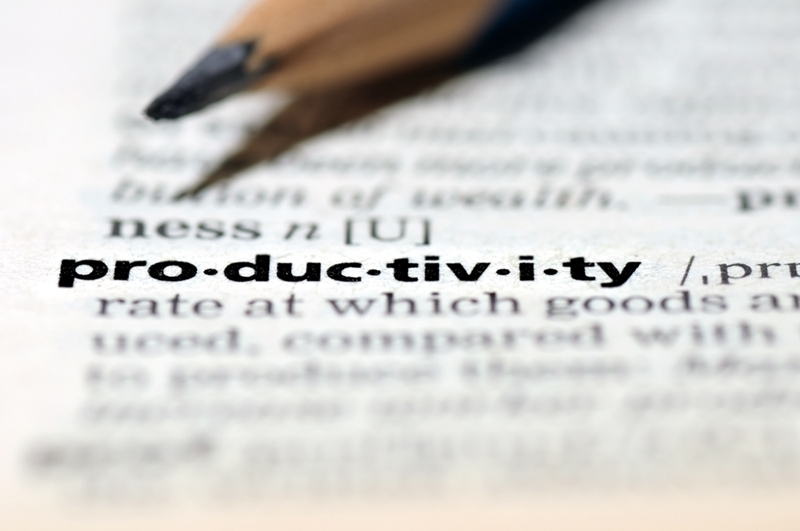
Should leaders encourage team building?
27 Apr 2015In any team sport, the players are the cogs that revolve around their captain. While they are likely to be incredibly able, the leader of the group will typically set an example and elevate everyone else’s performance.
This should also be your mantra in the workplace. You may have a highly skilled set of individuals, but goals can be better met when they are tackled as one. Consequently, interpersonal relationships between each team member – and yourself – should constantly be bettered.
Team building is no new concept. However, it is often more of a buzzword than something that is actionable and supplies results.
More trust between employees can lead to more motivation, which in turn ensures increased productivity.
Can it really be effective? The short answer is yes, but only when done well.
Why team build?
According to a framework produced by the Queensland Government, team building is key not only as it can boost understanding between staff, but because the improved relationships will result in better work being produced.
More trust between employees can lead to more motivation, which in turn ensures increased productivity.
 Thorough and effective team building can ultimately have a positive effect on workplace productivity.
Thorough and effective team building can ultimately have a positive effect on workplace productivity.So, while the benefits are plain, what practical steps can leaders take? Here are three examples of team building exercises that will keep staff happy and focussed, while not taking a huge amount of time or resources to facilitate:
Truth and lie
As the name suggests, this activity involves getting your team together and allowing them to tell one truth and one lie to each other. The aim of the person speaking is to convince the group that their lie is a truth and vice versa.
This can help boost communications skills between individuals, as well as encouraging more group interaction and creative problem solving.
Breaking the ice
Honest communication is incredibly important across the workplace, but it is made more difficult if your team has never really gotten to know each other.
To that end, team building exercises that focus on familiarising employees with one another, and breaking the ice without being too overbearing, are particularly valuable.
Try to avoid anything too formal and aim to reveal what makes each member of your team tick. You could ask ‘if you were in a band, what kind of music would you play?’ or even, ‘what is your favourite season of the year and why?’.
Questions like this are unlikely to be asked around the workplace at any other time, and can offer both you and your team a little more personal background on one another.
The paper tower
This exercise can be done in as little as five minutes and teaches employees about planning, time management and problem solving. Each person is given a sheet of paper and they must construct the tallest free-standing tower they can in the shortest amount of time, without the use of any other materials.
Afterwards, everyone explains their thinking and how they came up with their ideas and the process in which they executed them. The latter part of the exercise encourages better communication, and can even give staff an insight into how each other work under pressure.





